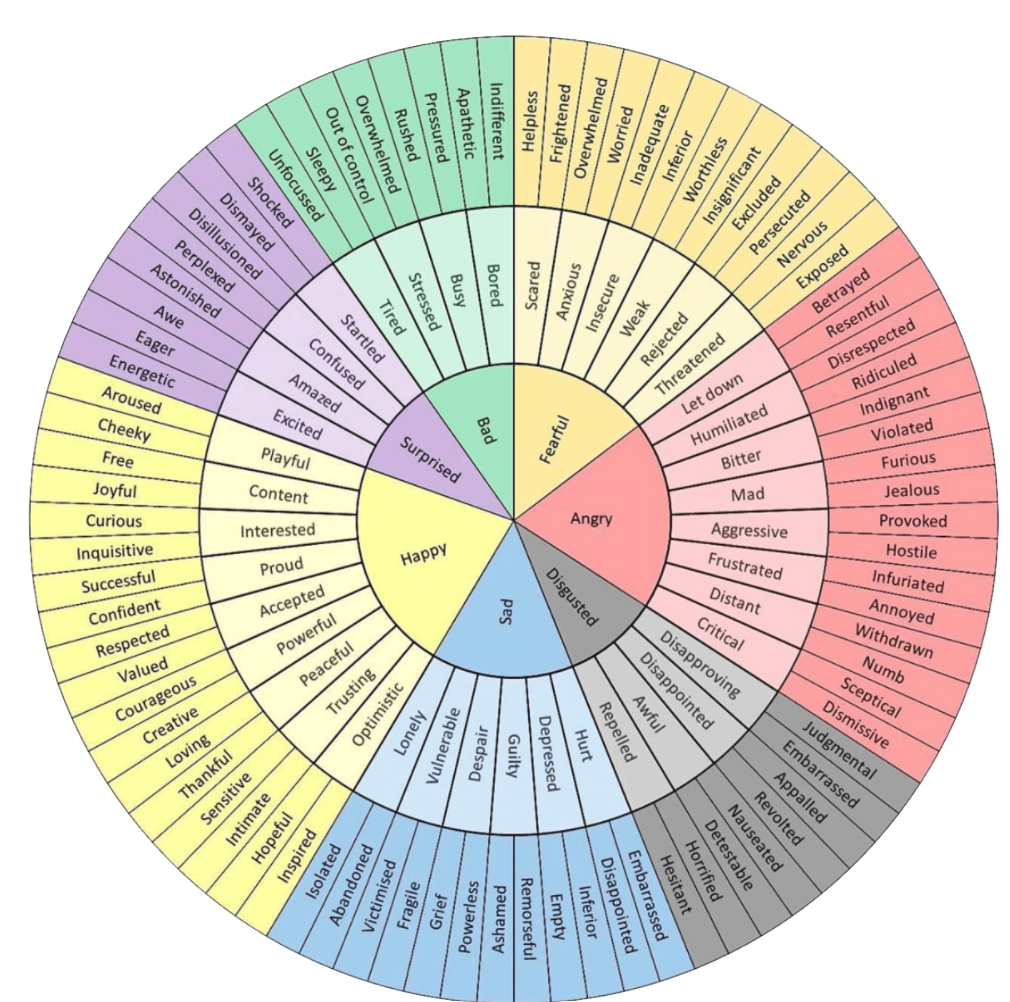Same line. Same framing. Nothing changed—except the emotion.
That one shift turned a flat AI clip into something that felt truly directed.
It made me wonder: can you actually direct AI like a real actor?
So I ran an experiment.
One prompt. One scripted line. Forty-two different emotional performances.
The results honestly surprised me.
I’ve spent years directing actors—helping them unlock specific emotional beats, find intention behind lines, and build performances from the inside out.
But what happens when you bring that director’s mindset into AI filmmaking?
The question isn’t just:
Can AI act?
Or can you direct AI like an actor?
It’s deeper than that: if you treat AI like a performer, will it listen?
This experiment isn’t about whether we should replace actors (we shouldn’t). It’s about what happens when we apply filmmaking craft to AI tools.
The Emotion Wheel
When I started designing the test, I pulled out one of my favorite prep tools: the Emotion Wheel.
It maps out eight primary emotions and their combinations, giving directors a way to unlock more nuanced shades of feeling.
In live action, I’ll often mark up a script line with two or three possible emotions—and sometimes throw in one that feels “wrong” on purpose, just to stretch the actor.
For this AI test, I leaned on the wheel the same way, but instead of coaching an actor, I coached the model with one word at a time.
The Veo 3 Test Setup
For this experiment, I used Veo 3, which can sync video and audio for dialogue-driven scenes.
I used this image as Frames to Video in Veo 3:
Keep reading with a 7-day free trial
Subscribe to The Creative Possible to keep reading this post and get 7 days of free access to the full post archives.



